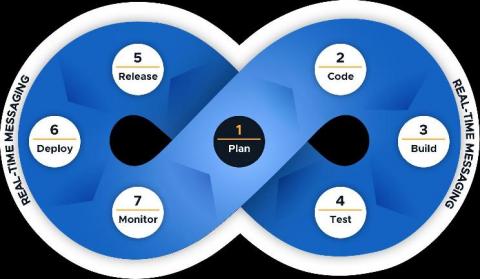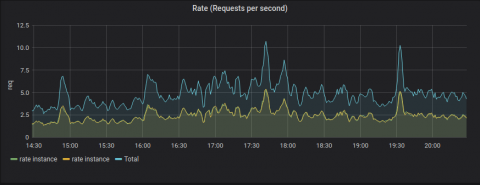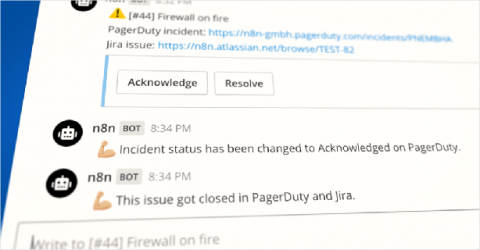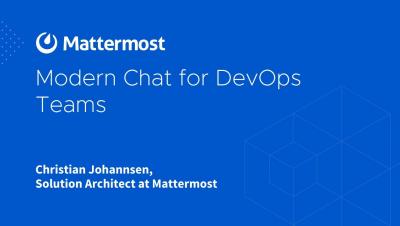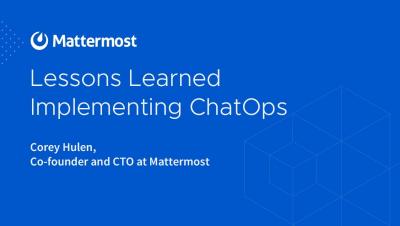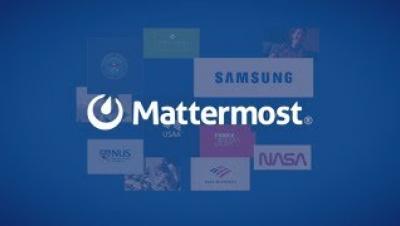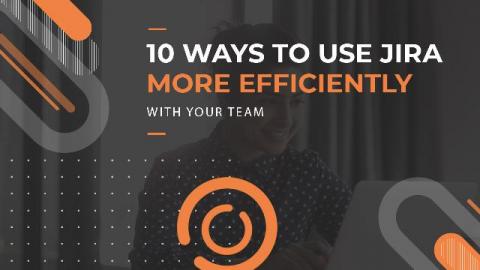An introduction to Mattermost as your DevOps Command Center
Mattermost is a platform based on collaboration — not built simply for facilitating team and asynchronous communication, but built on the philosophy that having the ability to collaborate efficiently makes the world safer and more productive for everyone. This is true in many day-to-day situations in an organization, but it is especially true in the world of DevOps. When an emergency arises, information needs to be moved from person to person and team to team as quickly as possible.


